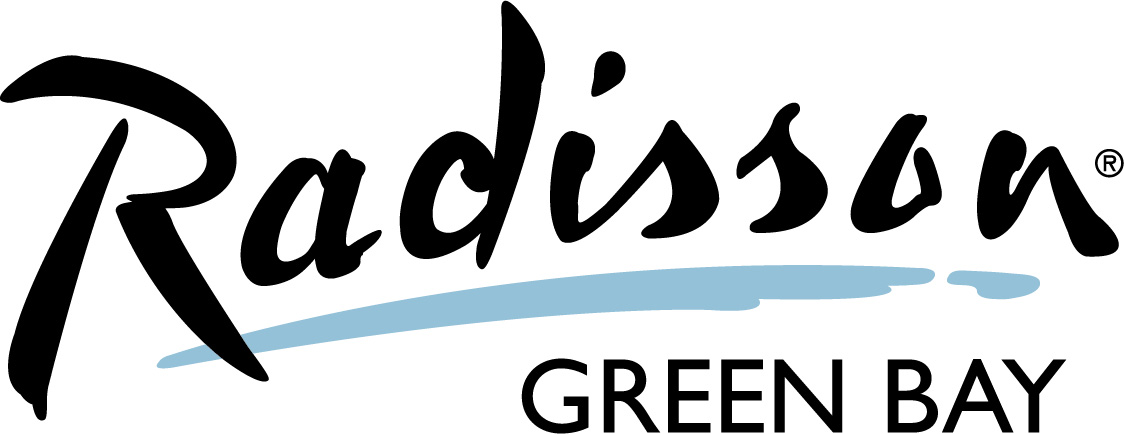History
Last updated: June 18, 2008
In 1964, the Federal Government asked a panel of children development experts to draw up a program to help communities meet the needs of disadvantaged preschool children. The panel report became the blueprint for Project Head Start.
Project Head Start, launched as an eight-week summer program by the Office of Economic Opportunity in 1965, was designed to help break the cycle of poverty by providing preschool children of low-income families with a comprehensive program to meet their emotional, social, health, nutritional, and psychological needs. Recruiting children age three to school entry age, Head Start was enthusiastically received by education, child development specialists, community leaders, and parents across the Nation. Head Start serves children and their families each year in urban and rural areas in all 50 States, the District of Columbia, Puerto Rico, and the U.S. Territories, including many American Indians and migrant children.
In 1969, Head Start was transferred from the Office of Economic Opportunity to the Office of Child Development in the U.S. Department of Health, Education and Welfare, and has now become a program within the Administration on Children, Youth and Families in the Department of Health and Human Services. A well-established, through still an innovation program, Head Start has had a strong impact on communities and early childhood program across the country.
The program is locally administered by community-based nonprofit organizations and school systems. Grants are awarded by the Department of Health and Human Services Regional offices, except for the American Indian and Migrant programs, which are administered in Washington, D.C.
STATEMENT OF PURPOSE
Sec. 636. [42 U.S.C. 9831]
Head Start Act
It is the purpose of this subchapter to promote the school readiness of low-income children by enhancing their cognitive, social, and emotional development—
(1) in a learning environment that supports children’s growth in language, literacy, mathematics, science, social and emotional functioning, creative arts, physical skills, and approaches to learning; and
(2) through the provision to low-income children and their families of health, educational, nutritional, social, and other services that are determined, based on family needs assessments, to be necessary.






